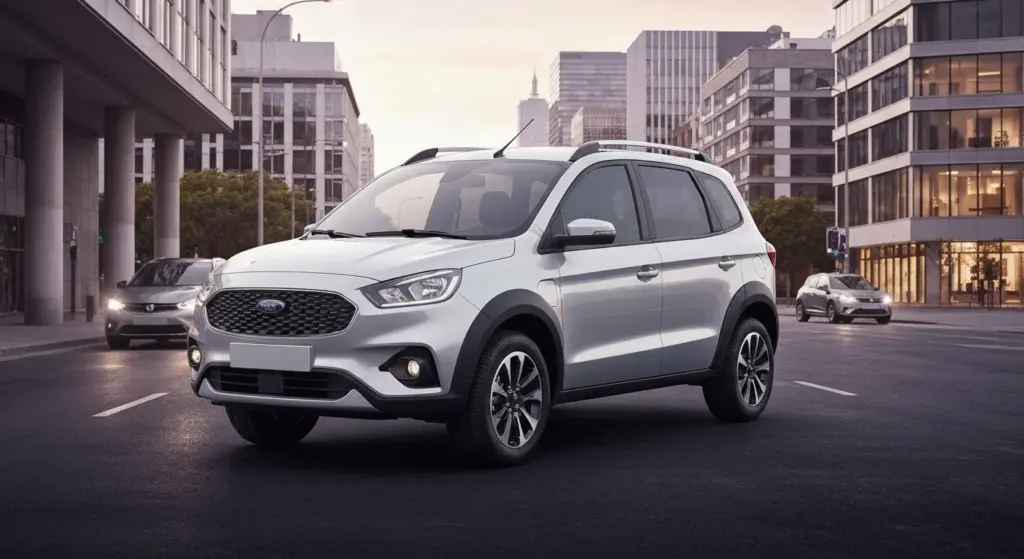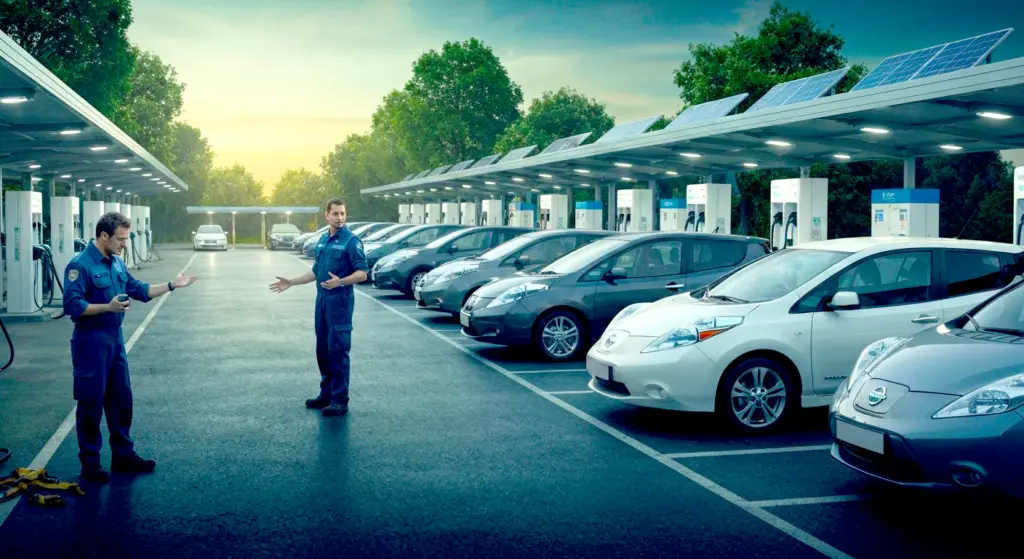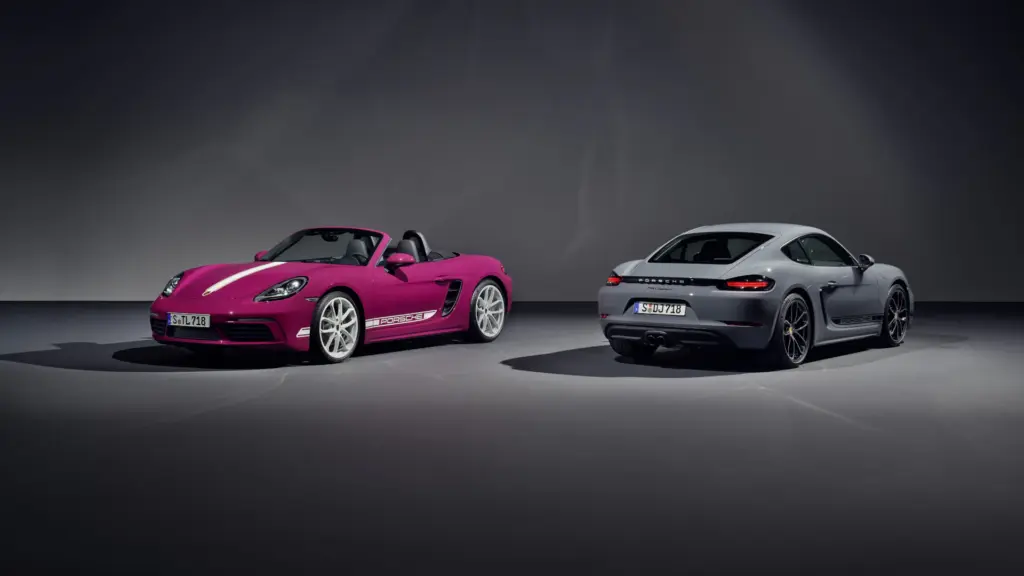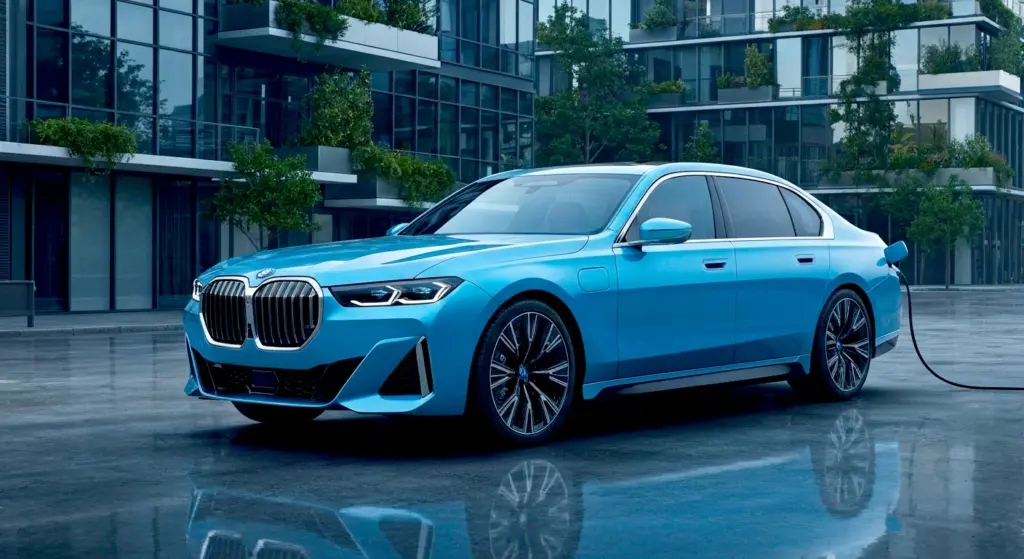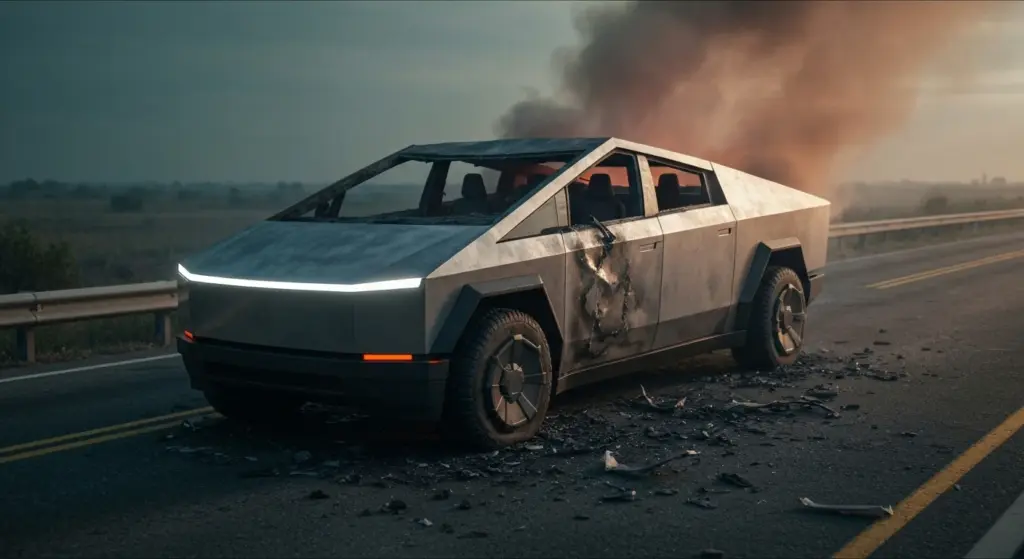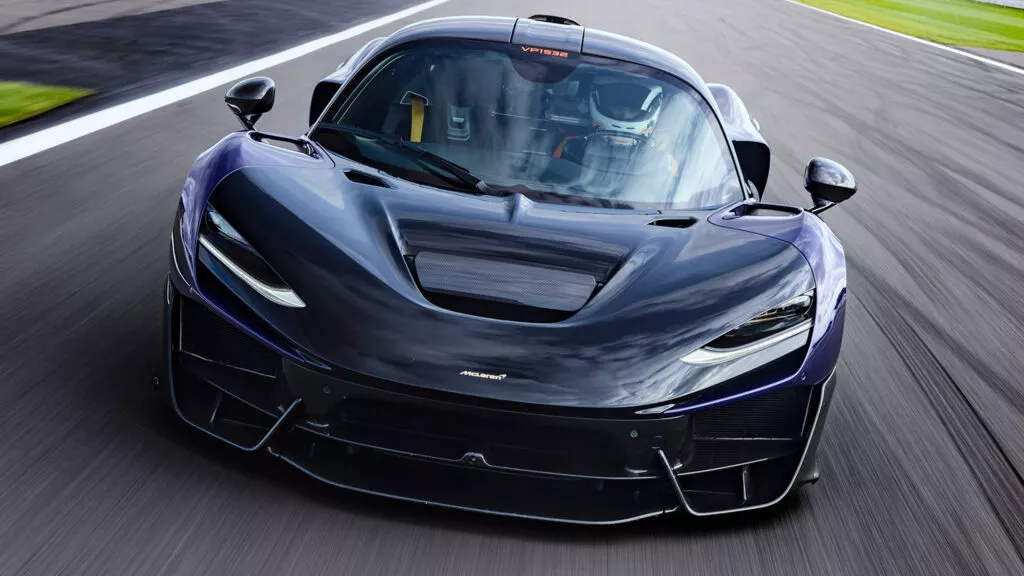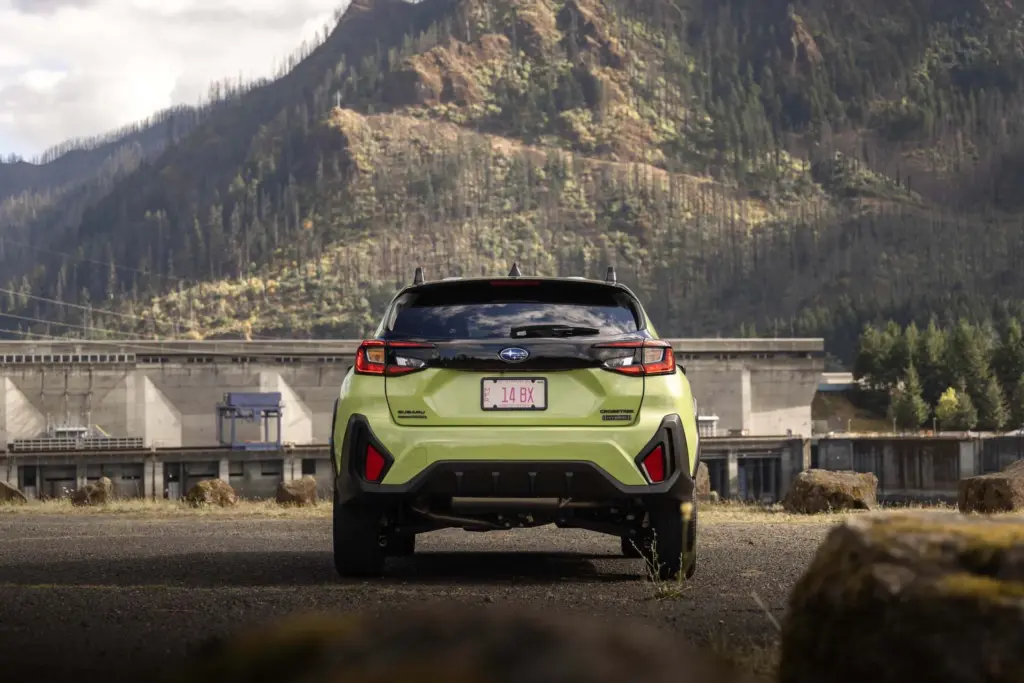If you think hybrid means boring car, the McLaren Artura 2026 will rub performance, lightness, technology, and sarcasm in your face. Pay attention: we’re getting straight to the point of this supercar that rewrites everything you’ve heard about Ferrari, Lamborghini, or any other pretentious competitor plugged into the wall.
Why Is the McLaren Artura 2026 a Milestone in the History of Hybrid Supercars?
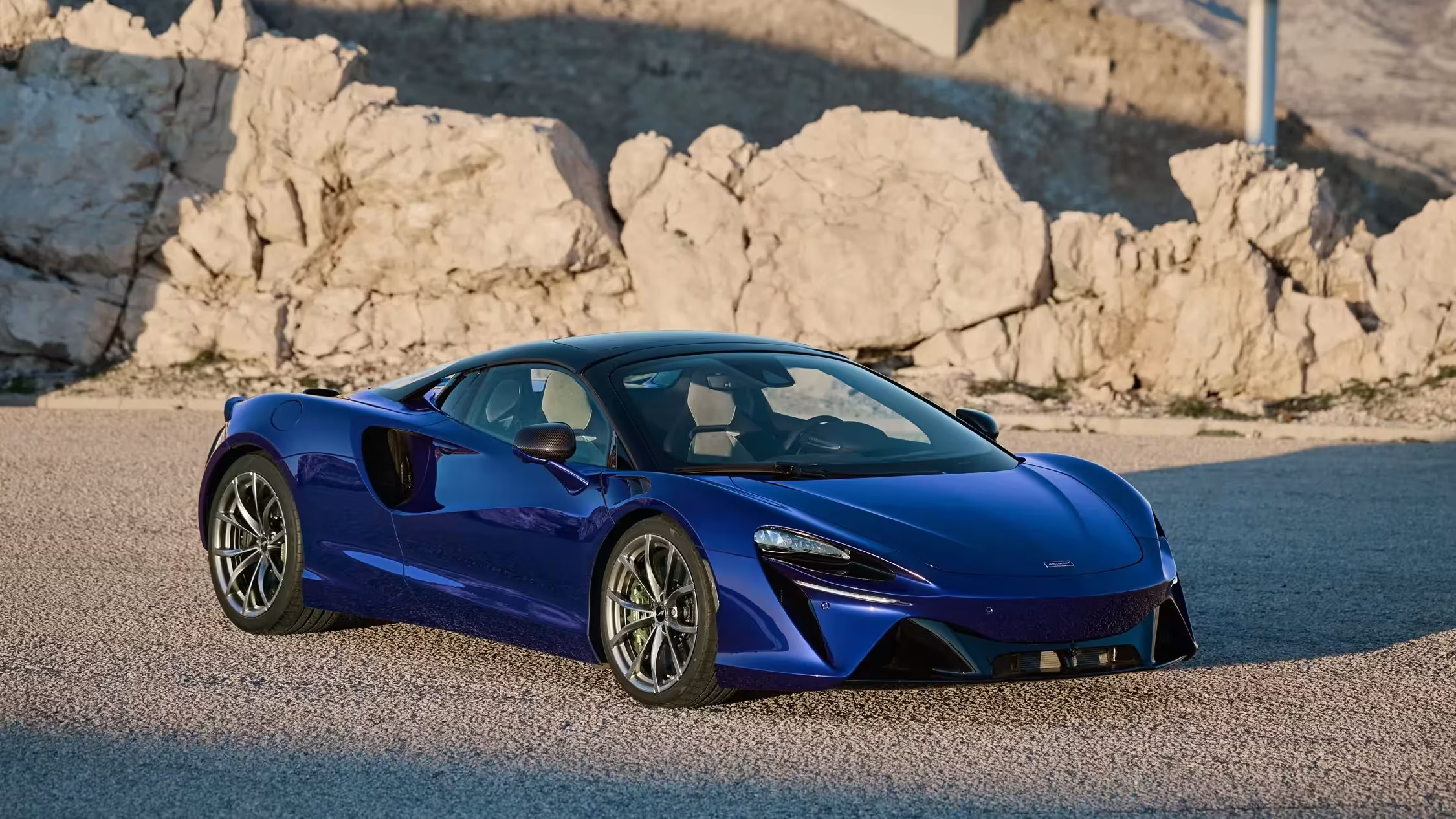
The Artura marks McLaren’s definitive shift towards high-performance electrification in mass production. It wasn’t created to be just an “evolved” version of the Sports Series or to pay homage to the old P1, but to democratize—within reason—rare technology, previously exclusive to special supermachines.
The quirky name “Artura” discards tradition of acronyms and makes it clear: this beast is different. Gone is the ubiquitous twin-turbo V8; in comes the daring V6 hybrid, new carbon chassis (MCLA), and a clear mission to not only meet environmental standards but to out-innovate the competition. And keep in mind, Ferrari 296 and Lamborghini Temerario aren’t just playing in the sandbox.
What Makes the Powertrain of the Artura 2026 So Insanely Responsive?
At the core of the Artura is a brutal combination: a 3.0L twin-turbo V6 (120°, 585 HP) paired with an axial-flow electric motor (95 HP), totaling 700 HP and 720 Nm, all meticulously engineered to handle its crazy performance on streets and tracks. Turbo lag? Gone. The electric motor steps in to cover response gaps, and, as if that wasn’t enough, it allows the car to run as a quiet EV during urban trips (or late-night arrivals that dodge trouble with neighbors).
None of these solutions exist just to “consume less.” They are all designed to deliver a double punch: instant acceleration and versatility for both city driving and track days. Quick stats? 0-60 mph in 3 seconds and a top speed of 205 mph (to hell with the limit — here, the car just keeps going!).
Chassis, Suspension, and Steering: Why Is the Artura Unpredictably Light and Sharp?
The MCLA carbon monocoque weighs only 3,300 lbs. (1,498 kg). That’s ridiculously light for a plug-in hybrid with this much power. The result? Honestly, it feels lighter than its own weight. And it’s in this “faux lightness” that the Artura eats up curves, rockets off acceleration, and only doesn’t fly because it doesn’t have enough wings.
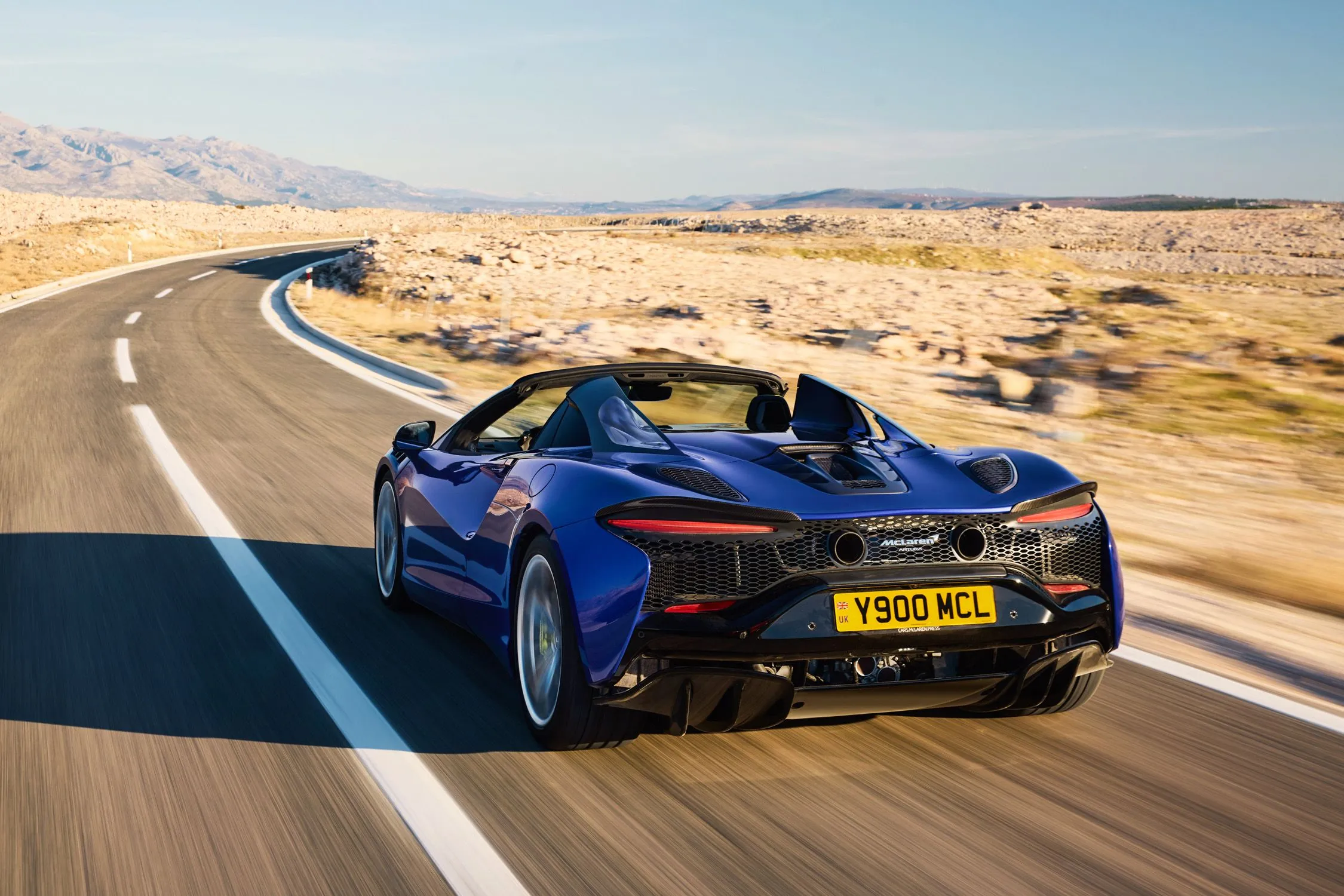
With double-wishbone suspension at the front, multilink at the rear, and Proactive Damping Control II adjusting everything in real time, you hold the superpower to switch the car from comfort to absolute brutality with just a touch. As for the electro-hydraulic steering: only those who have driven it know the slap in the face it gives to purely electric competitors (forget the synthetic videogame feeling).
What Versions and Options Does the Artura Have? Is It Worth Paying for Everything?
The McLaren Artura 2026 is available in Coupe and Spider versions, both maintaining absurd performance. The Spider, the first drop-top HPH by McLaren, features a hardtop that opens in 11 seconds—the open-air experience adds no significant weight (only about 137 lbs. more, a fart compared to an ultra-rigid chassis).
Want customization? The packages are: Standard, Performance (more sporty, Alcantara), TechLux (luxury-focused, Nappa leather), and Vision (cutting-edge with mixed materials and colors). The best part: it’s not just gimmicks—each package enhances the experience to match your style, whether you’re a thrill-seeker or a high-flying executive. For those who want more luxury and sportiness at once, the TechLux and Vision trims are easily worth it.
How Does the Artura Combine Performance and Efficiency Without Feeling Like a “ Grandpa Hybrid”?
The electric setup connects to a 7.4 kWh battery, enough for up to 20 miles (33 km) on electric-only urban mode. And if that seems few, remember nobody buys the Artura for Uber or shopping trips. In conventional modes, real-world consumption hovers around 18-20 mpg in hybrid operation (honest data for a supercar).
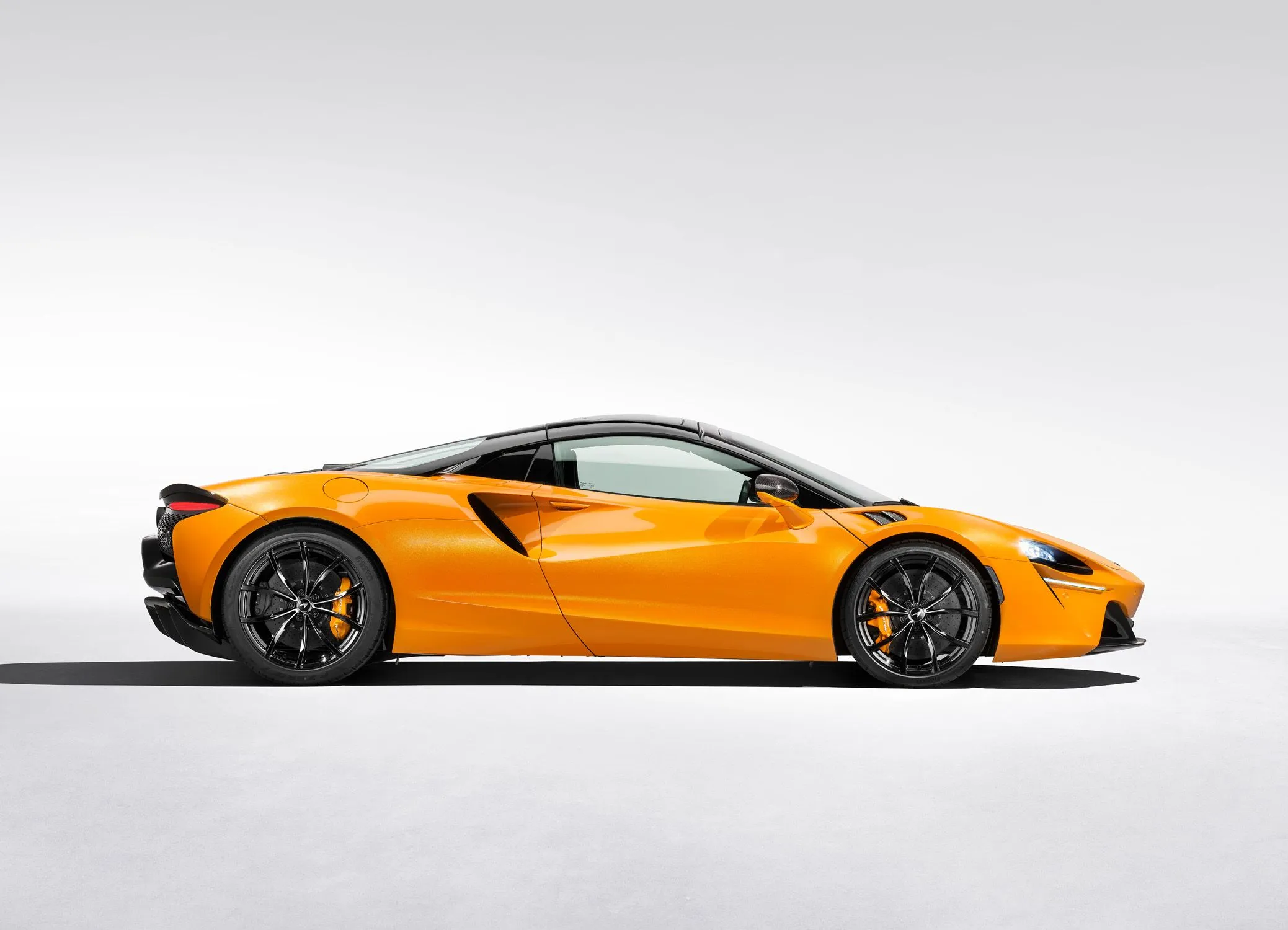
For the 2026 model, fast charging from 0 to 80% takes about 2 hours and 30 minutes with 240V power. The driving modes (E-Mode, Comfort, Sport, and Track) prove there’s no “just thrill or just silence,” but both. If you want to dive into hybrid autonomy challenges, check out the review of the Santa Fe Hybrid 2026, just to compare with “green” SUVs.
How Does the McLaren Artura Compare to Ferrari 296 and Lamborghini Temerario?
In the direct fight, the Ferrari 296 screams louder with 819 HP, but it weighs more and its steering is too “gourmet” for those craving real connection. The Lamborghini Temerario looks like a nuclear tank with 907 HP, all-wheel drive, and a dinosaur-sized weight (almost 4,100 lbs. / 1,860 kg). But the Artura, with its lightness and agility, offers an experience the others only pretend to provide. Just compare the detailed specs of the Lamborghini Temerario 2026 or the curiosities of the Lotus Emira 2026 to see who still has “true blood.”
Bullet Points Comparing Artura vs. Rivals
- Artura: 690 HP, Weight 3,300 lbs. (1,498 kg), Rear-wheel drive, Carbon monocoque
- Ferrari 296: 819 HP, Weight 3,400 lbs. (1,540 kg), Rear-wheel drive, Aluminum chassis
- Lamborghini Temerario: 907 HP, Weight 4,100 lbs. (1,860 kg), AWD, Aluminum chassis
Faster? Maybe not. More fun? Absolutely, and at a much lower price (base at $260,400 versus $342,000 for the rival with a horse). If absurd numbers catch your eye, check out the Rimac Nevera R breaking all records.
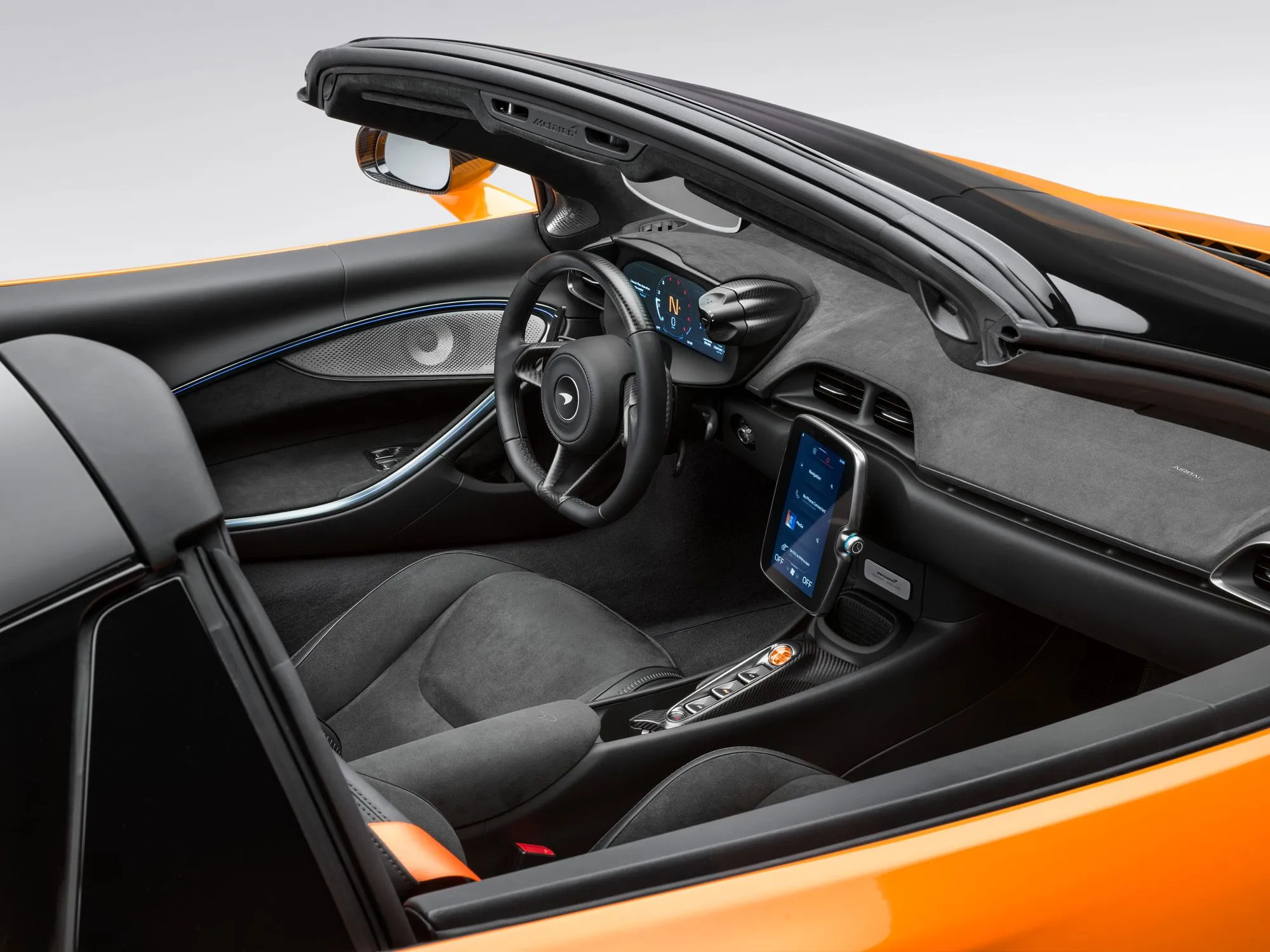
Design, Interior, and Technology: Is the Artura a Machine or a Luxury Gadget?
The design of the Artura follows the “form follows function” concept, no fuss. Aerodynamic lines, sculpted air intakes, functional spoiler, and diffuser generate 50 kg of downforce and, unlike many rivals, besides being good-looking, truly serve a purpose. The Spider has a functional roof and extra glass for visibility, eliminating the horror of driving “blind.”
The interior is minimalist and punishes competitors overstuffed with buttons: an 8″ vertical infotainment screen, a digital dashboard that follows the steering (why has no one else thought of this?), controls for the powertrain and handling right at your fingertips. Everything very practical, without trying to look like a spaceship—just the essentials to drive hard. Consider other display innovations also covered in the Mazda CX-5 2026.
What Are the Main Questions About the McLaren Artura 2026?
FAQ — Questions Every Supercar Enthusiast Will Have
- 1. Is the V6 sound better than the V8? — Improved, but still not quite at the level of the old V8. For more excitement, choose the Sport Exhaust.
- 2. Can I use it daily without headaches? — Yes, especially thanks to the electric mode and ADAS. Just don’t expect much luggage space.
- 3. Does the Spider “damn” performance? — Almost nothing. The weight difference is minimal, thanks to the carbon chassis.
- 4. Is it worth paying extra for tech packages? — Yes, especially the Tech Package, which adds real safety and premium sound.
- 5. Compared to rivals, how reliable is it? — The software had some issues early on, but with recent updates, you won’t want to go back to pure analog. Always check your unit carefully.
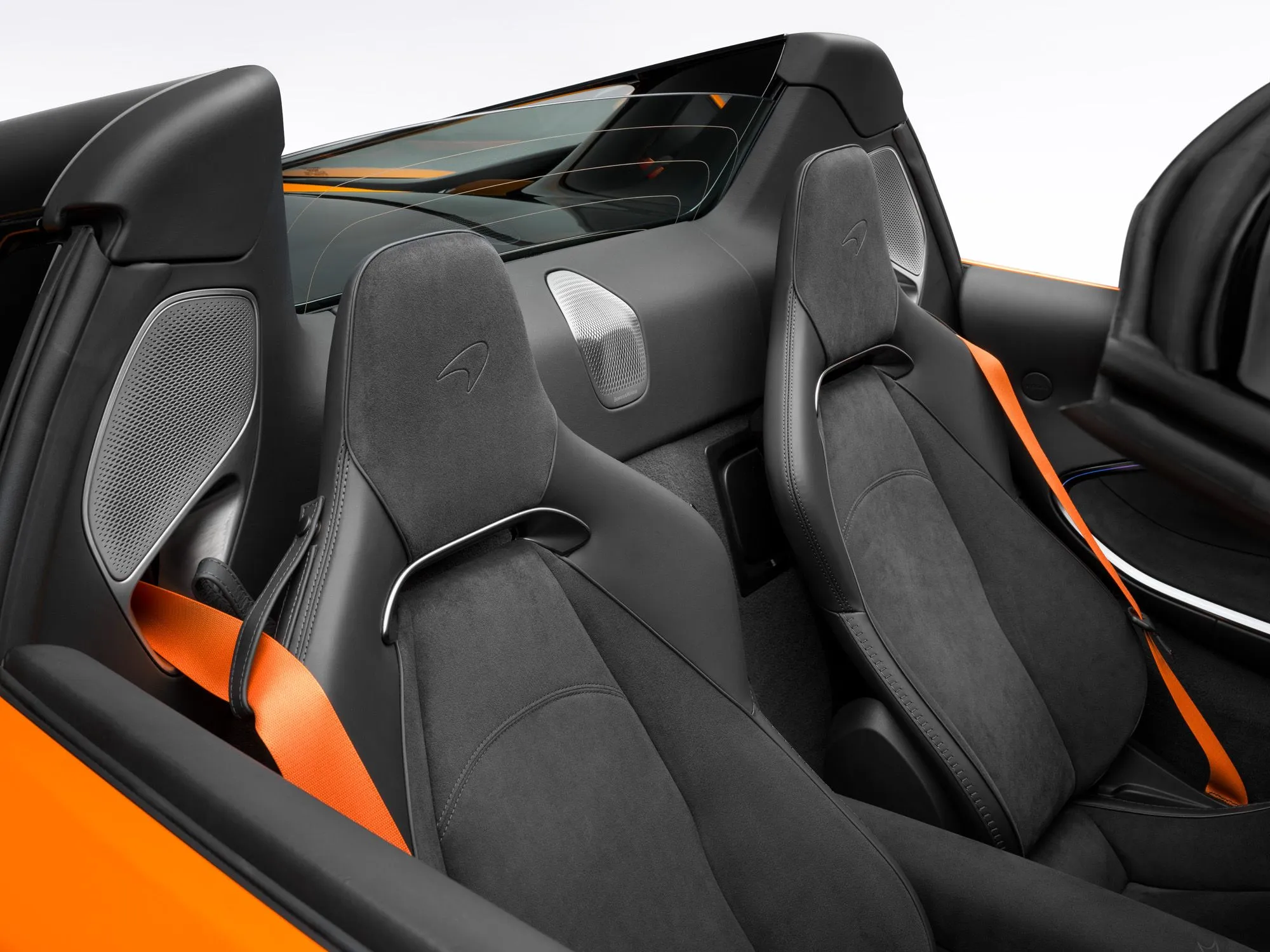
Main Technical Specifications — Artura 2026
- Engine: 3.0L twin-turbo V6 + axial-flow electric motor
- Combined Power: 700 HP (690 bhp), 720 Nm
- 0-60 mph: 3.0 seconds / 0-124 mph: 8.3 seconds
- Top Speed: 205 mph
- Battery: 7.4 kWh, up to 20 miles (33 km) electric-only range
- Transmission: 8-speed SSG, electric reverse
- Brakes: Carbon-ceramic, E-Differential
- Weight: 3,300 lbs. (1,498 kg) (Coupe), 3,437 lbs. (1,560 kg) (Spider)
- Price: $260,400 (Coupe), $285,700 (Spider)
Conclusion: Is the Artura the Hybrid Supercar That’s Truly Worth Every Penny?
The McLaren Artura 2026 doesn’t aim to be the most powerful or expensive. It wants to humiliate others with divine analog steering, shockingly light chassis, a fierce look, and a unique experience that electronic challenges can’t take away from you.
What weighs most? The thrill of driving something that balances technology, agility, and a touch of madness that left many rivals feeling outdated. Before signing any check, I also recommend reviewing the specifications and proposals of the new premium electric cars or the luxurious alternatives for out-of-the-box thinking.
For me, the Artura is the “sweet spot” of hybrid transition in supercars: less show-off of numbers, more visceral connection, sober design, and pure happiness in every corner. It’s not for those seeking only status but for those who still have gasoline (and electrons) running through their veins. So, will you dare to drive an irritated hybrid or go back to the usual plug-in pretending to be a sportscar?
Drop a comment: which rival do you think truly threatens the Artura’s throne? What’s missing in hybrid supercars to win you over for good?

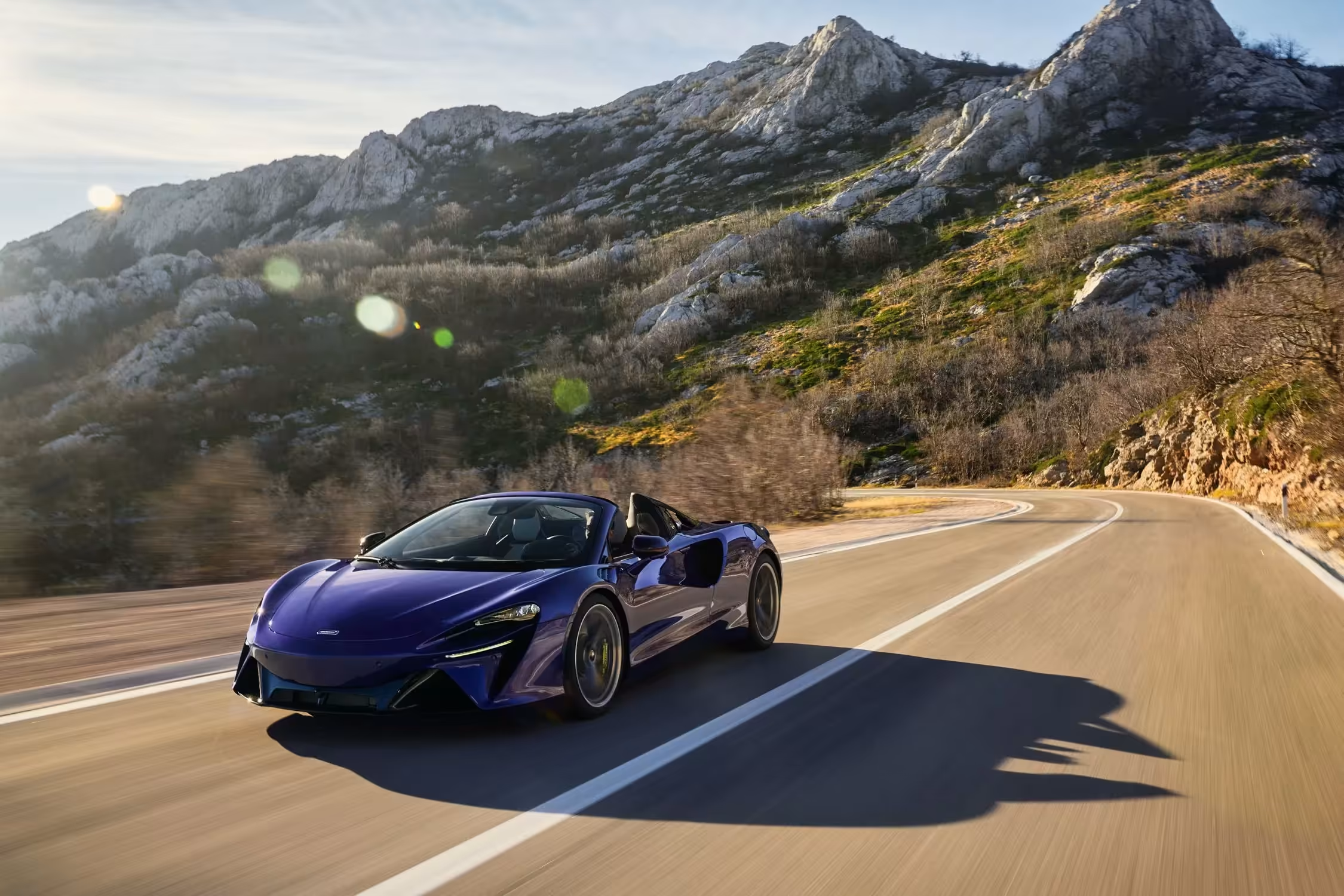
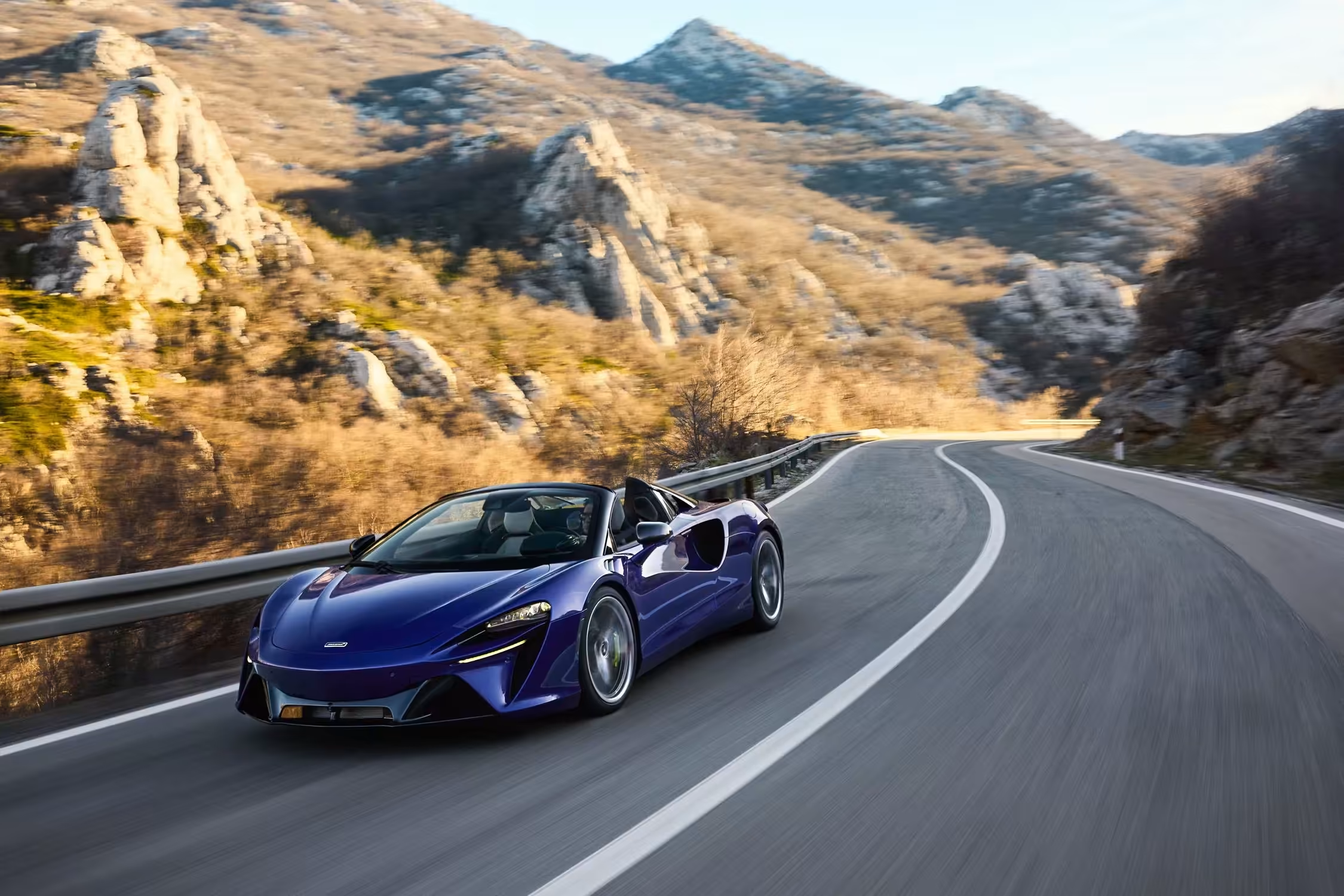
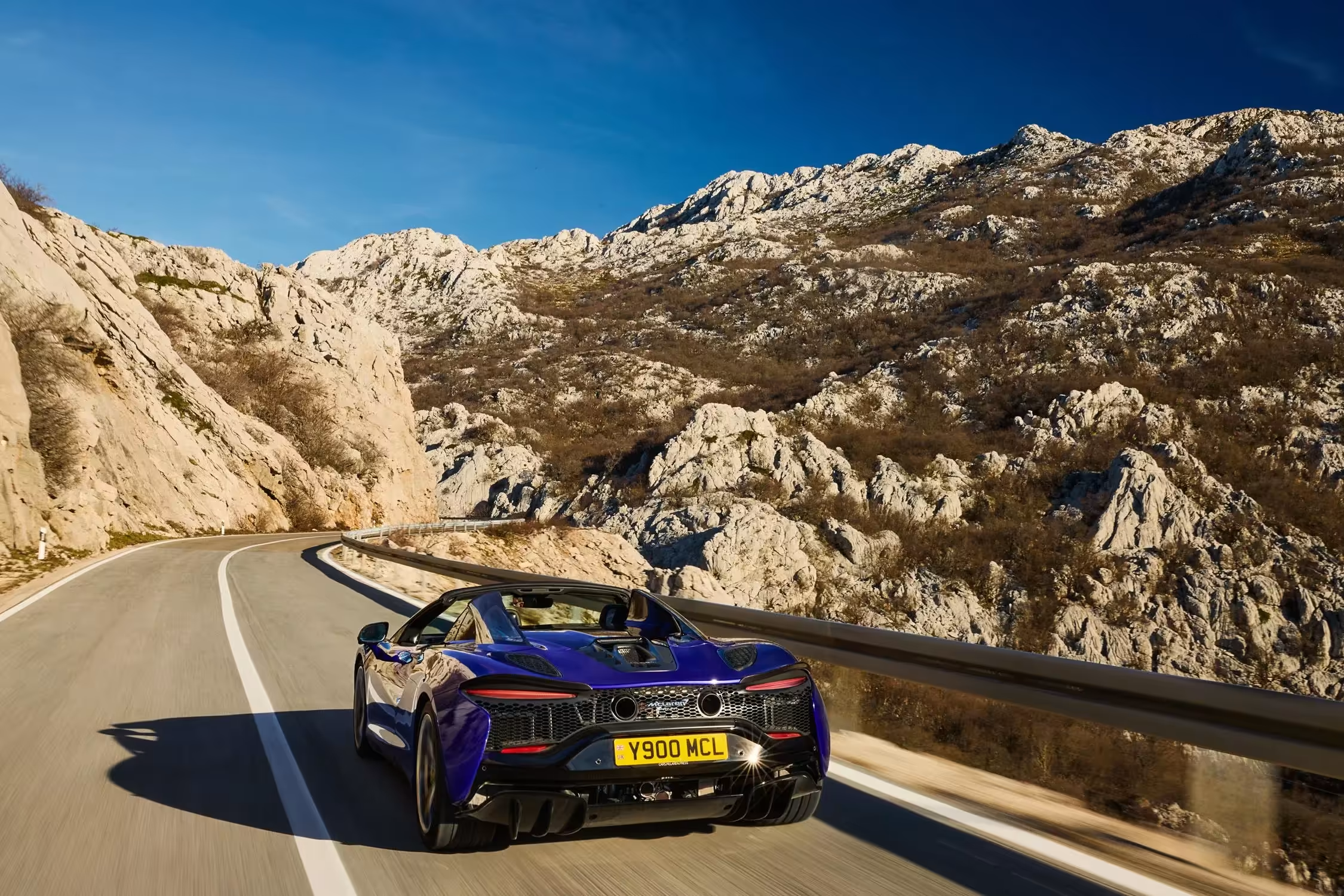
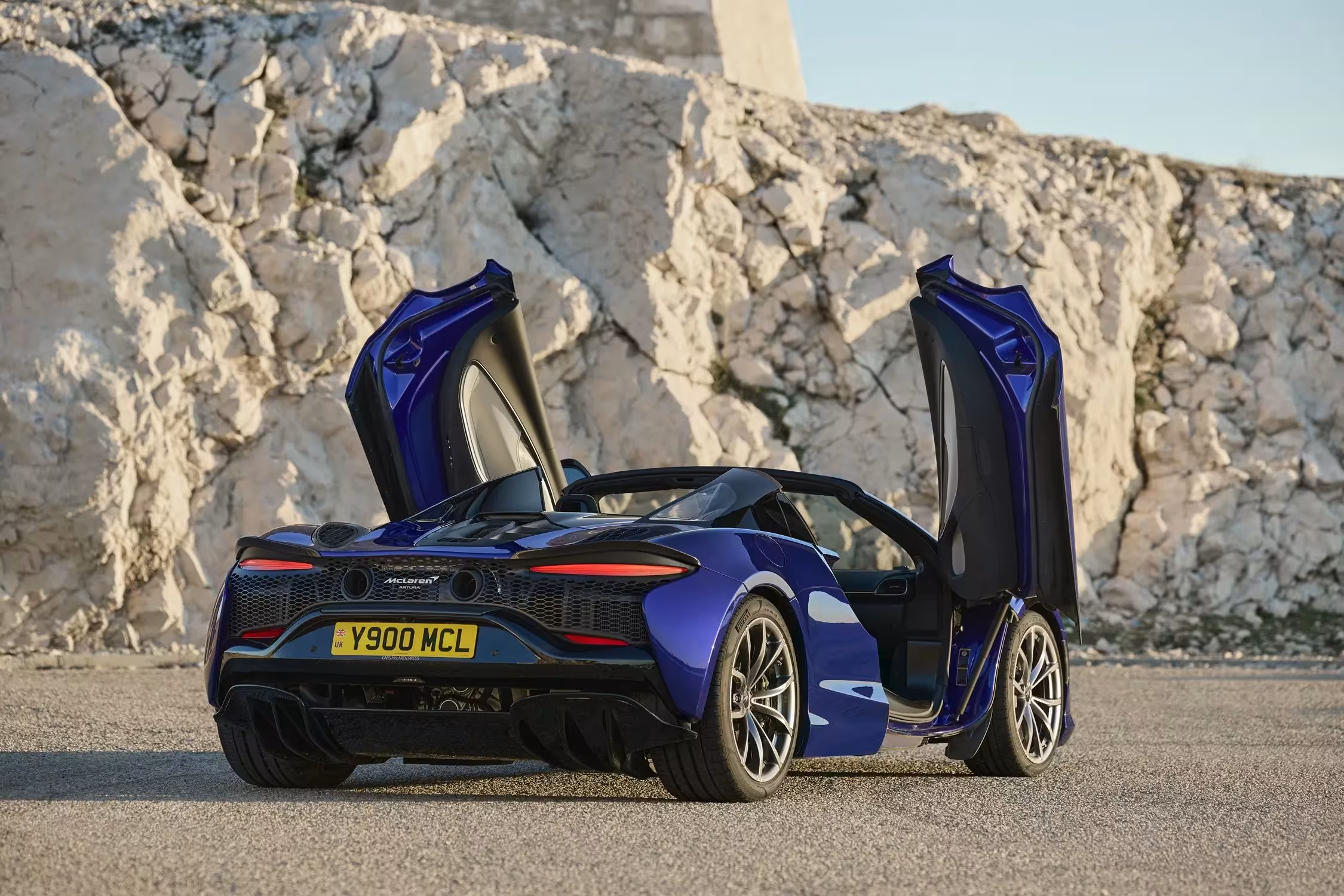
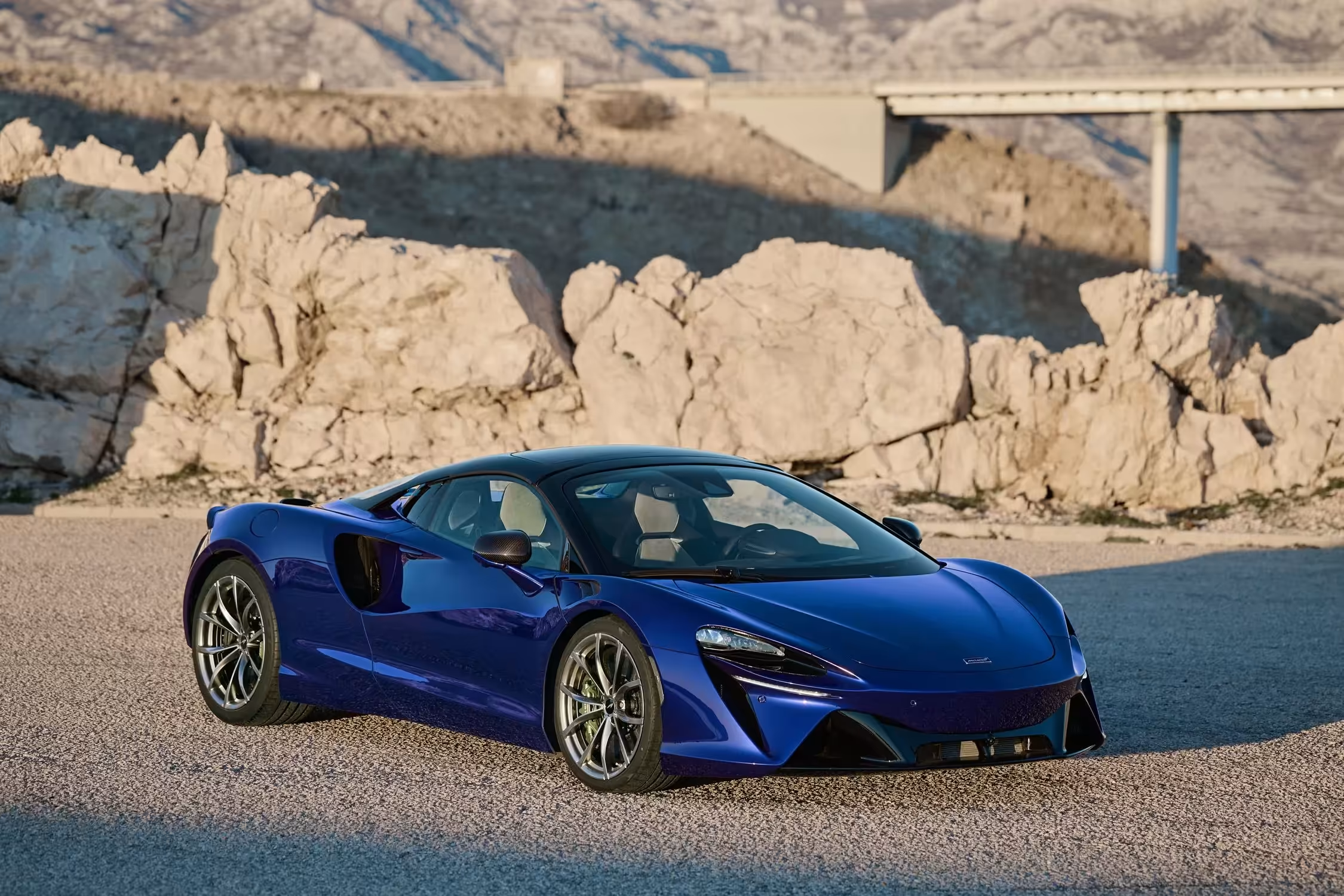
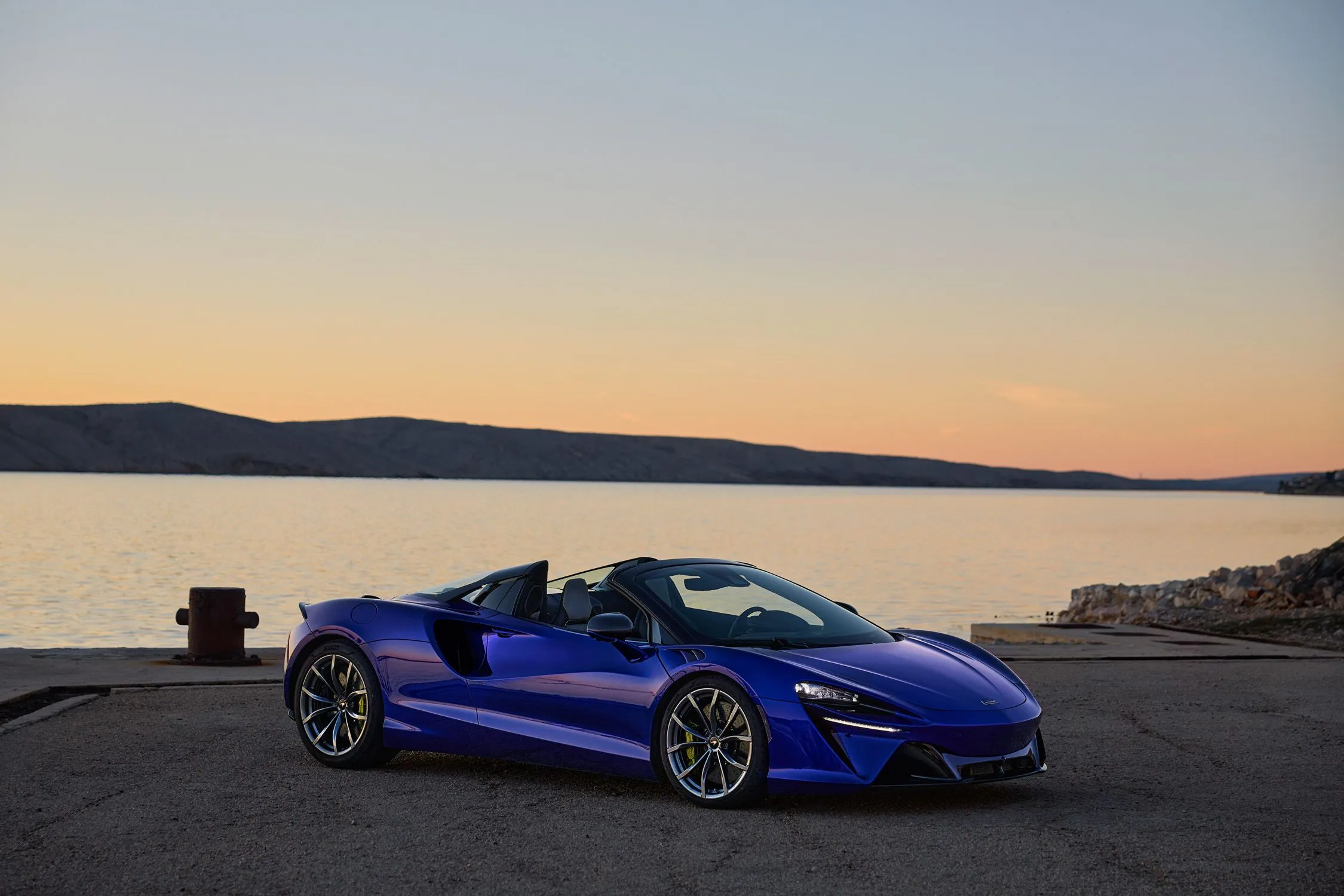

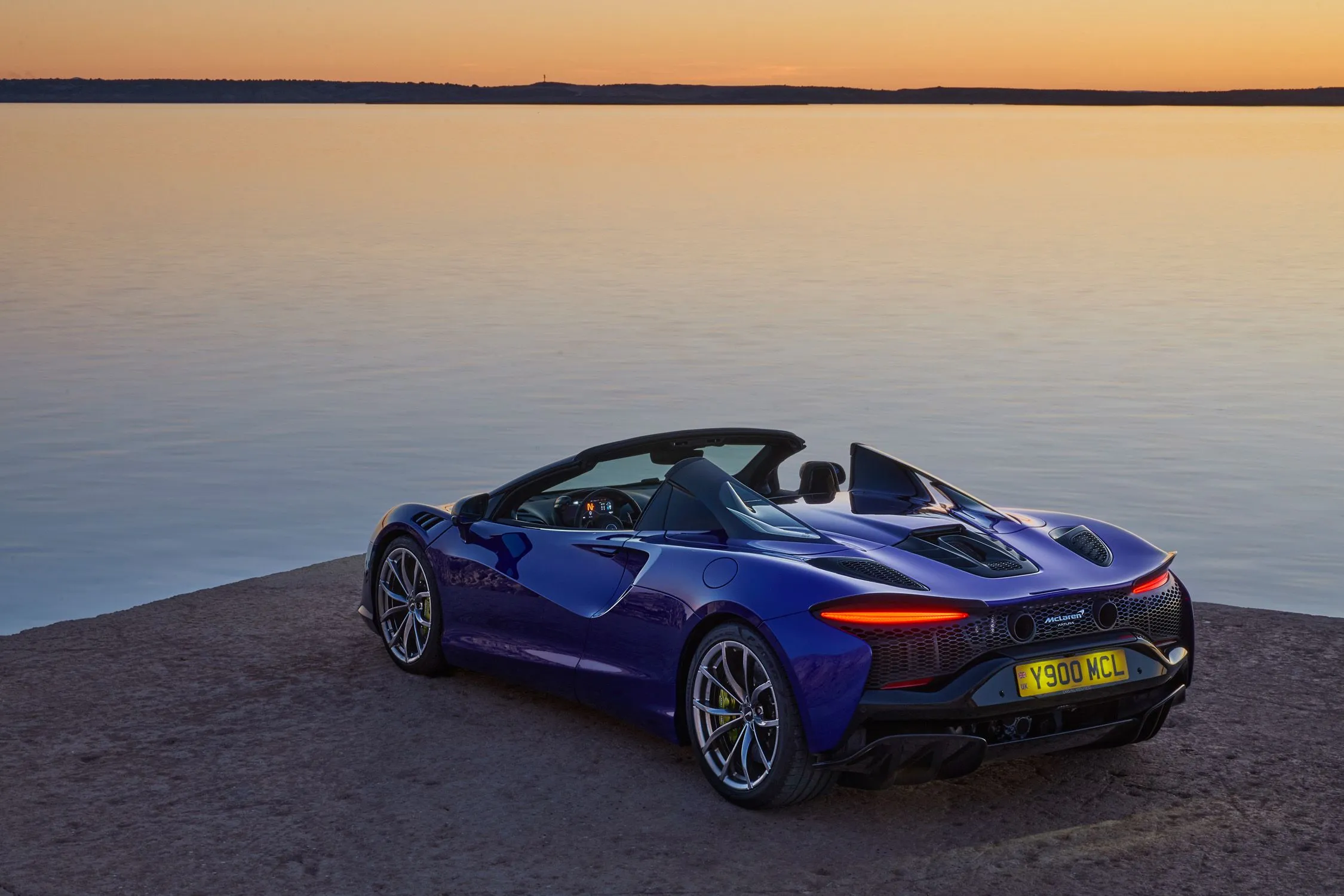
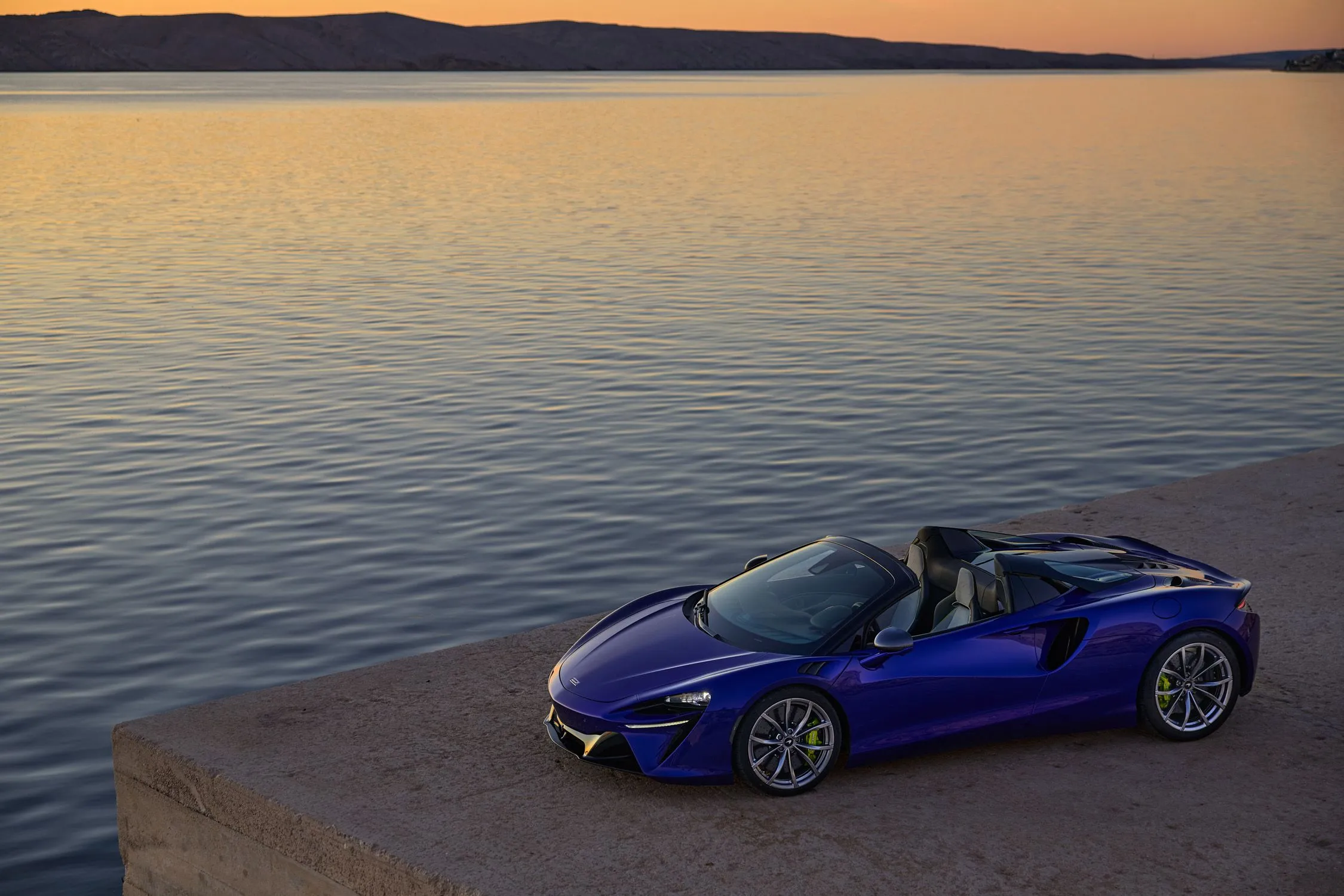
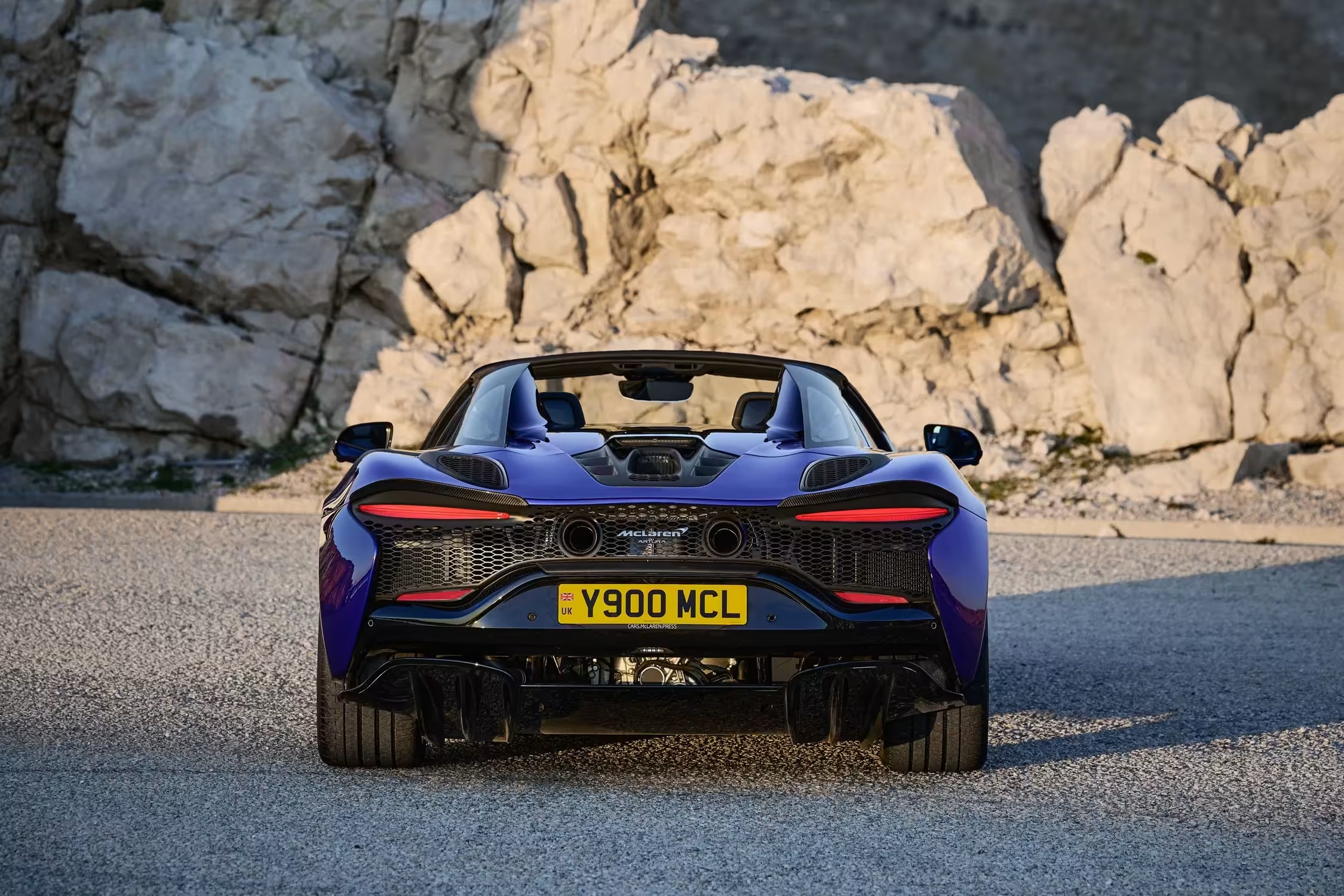



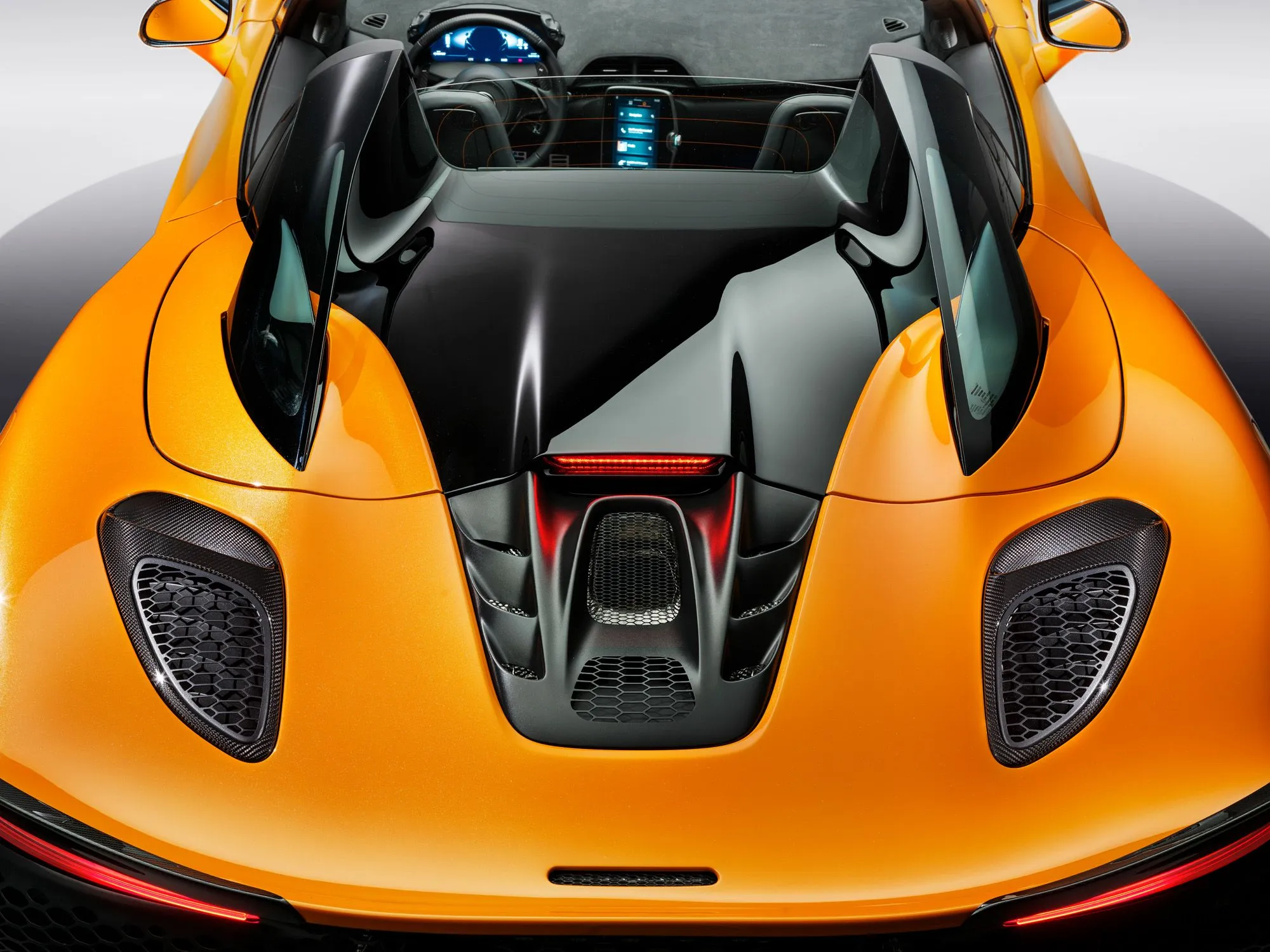
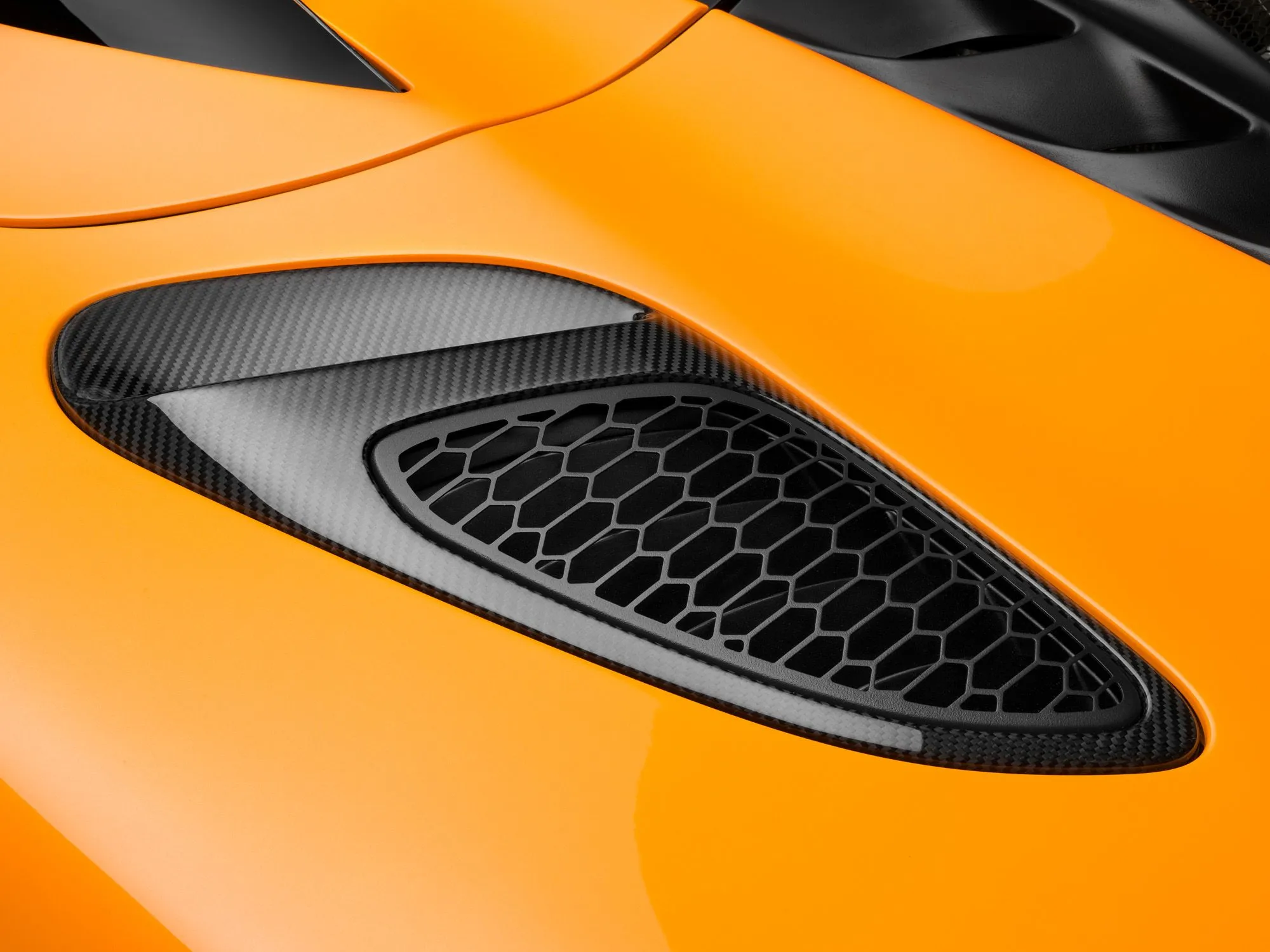
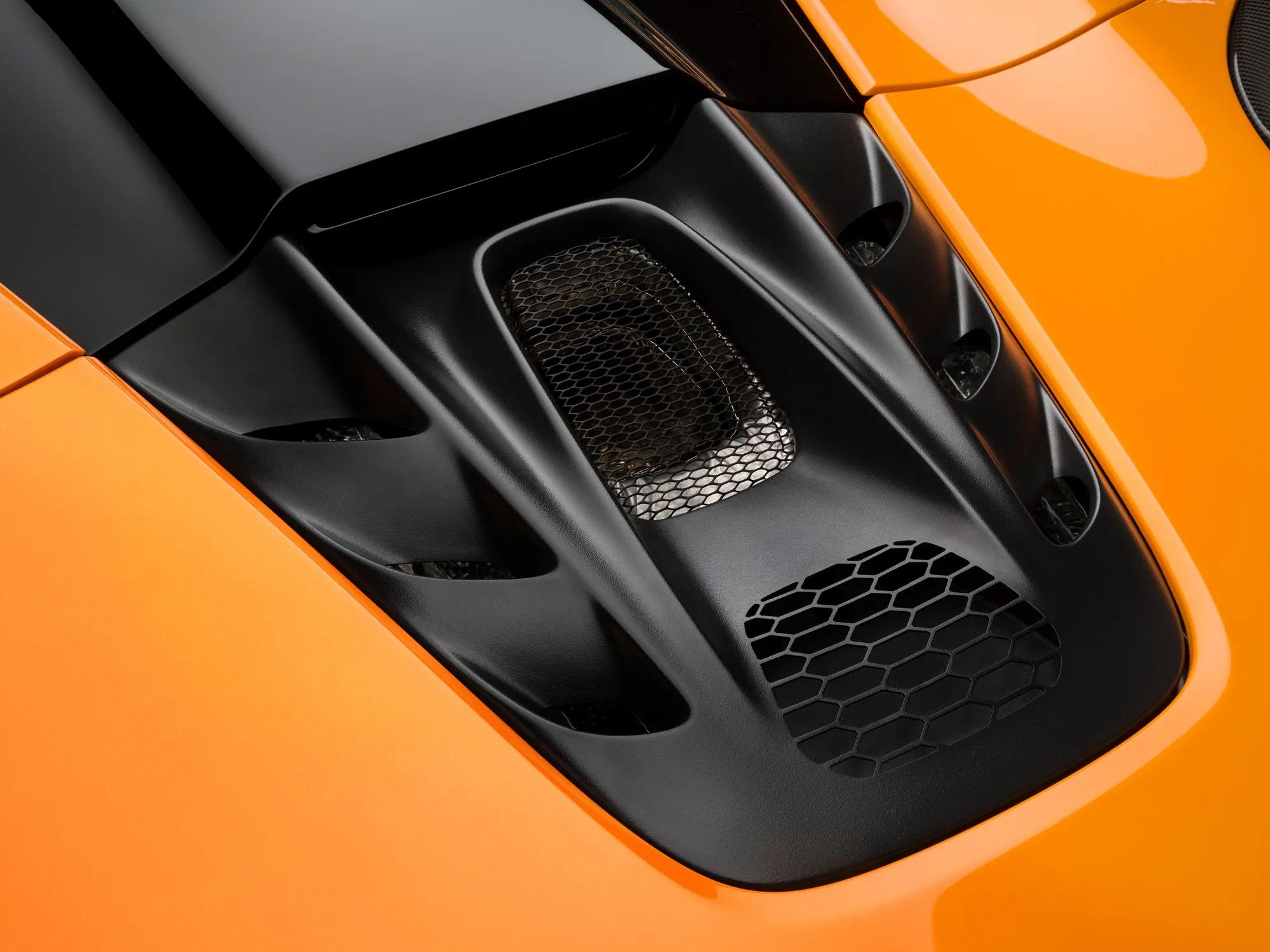
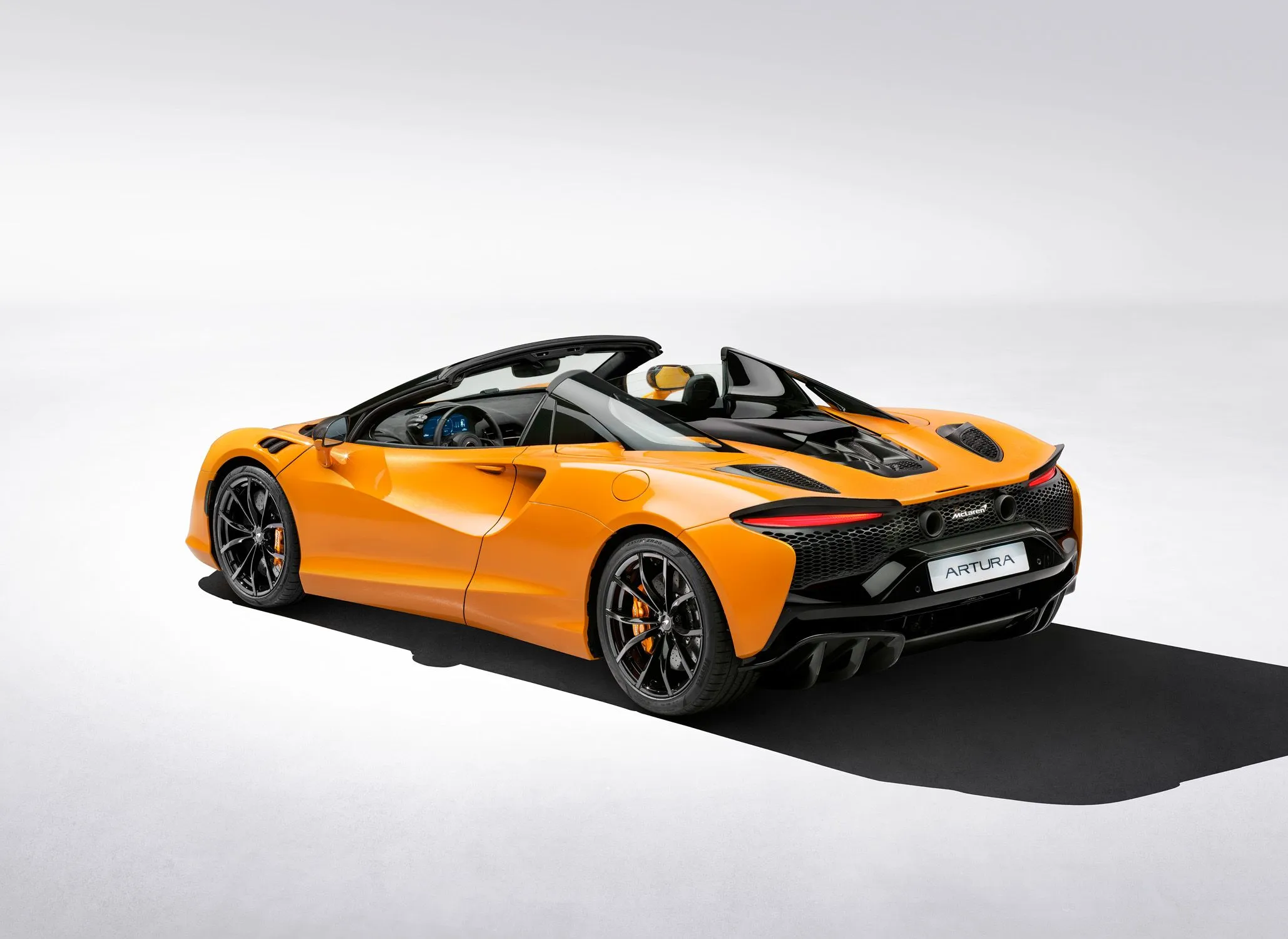
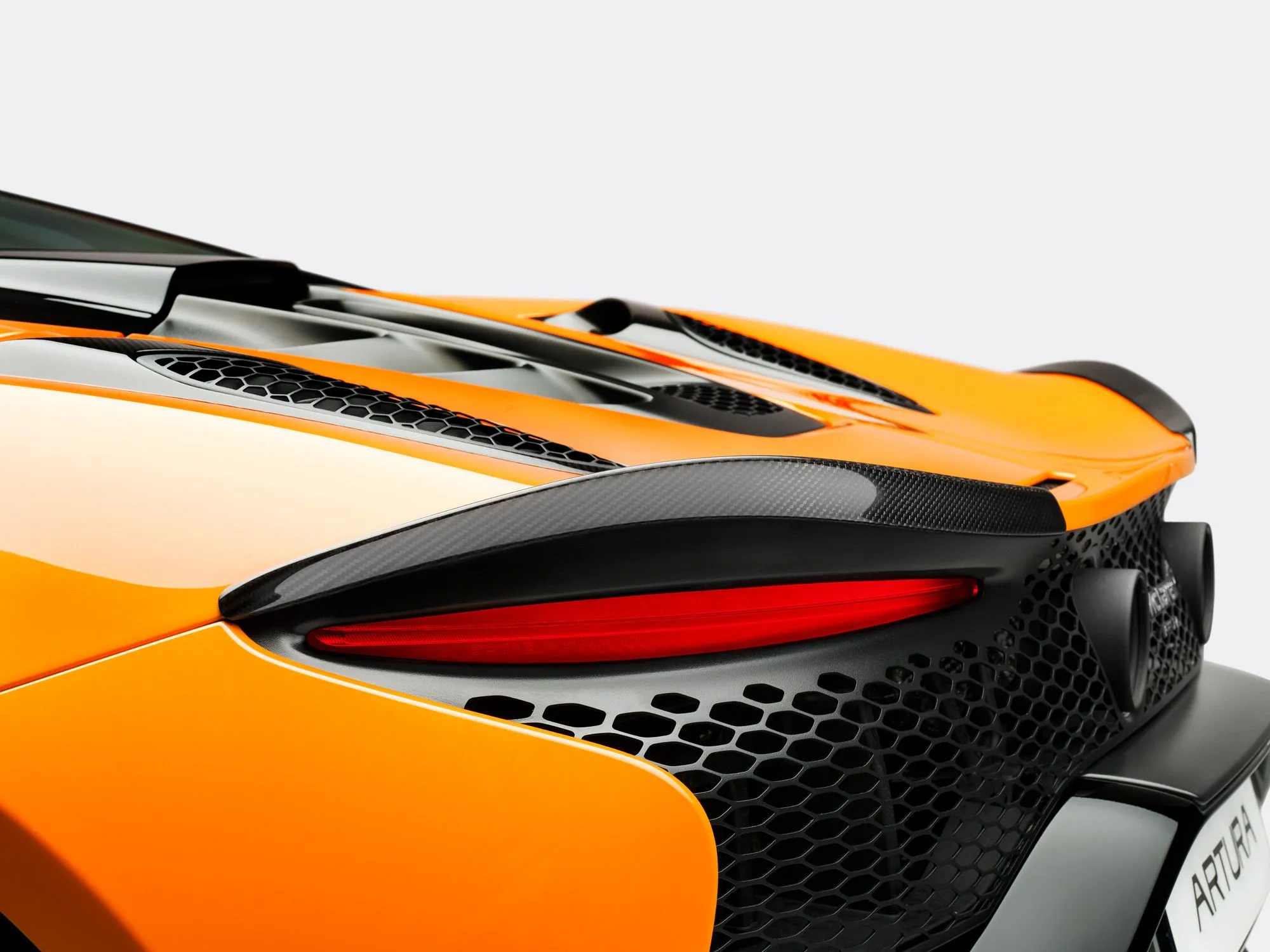
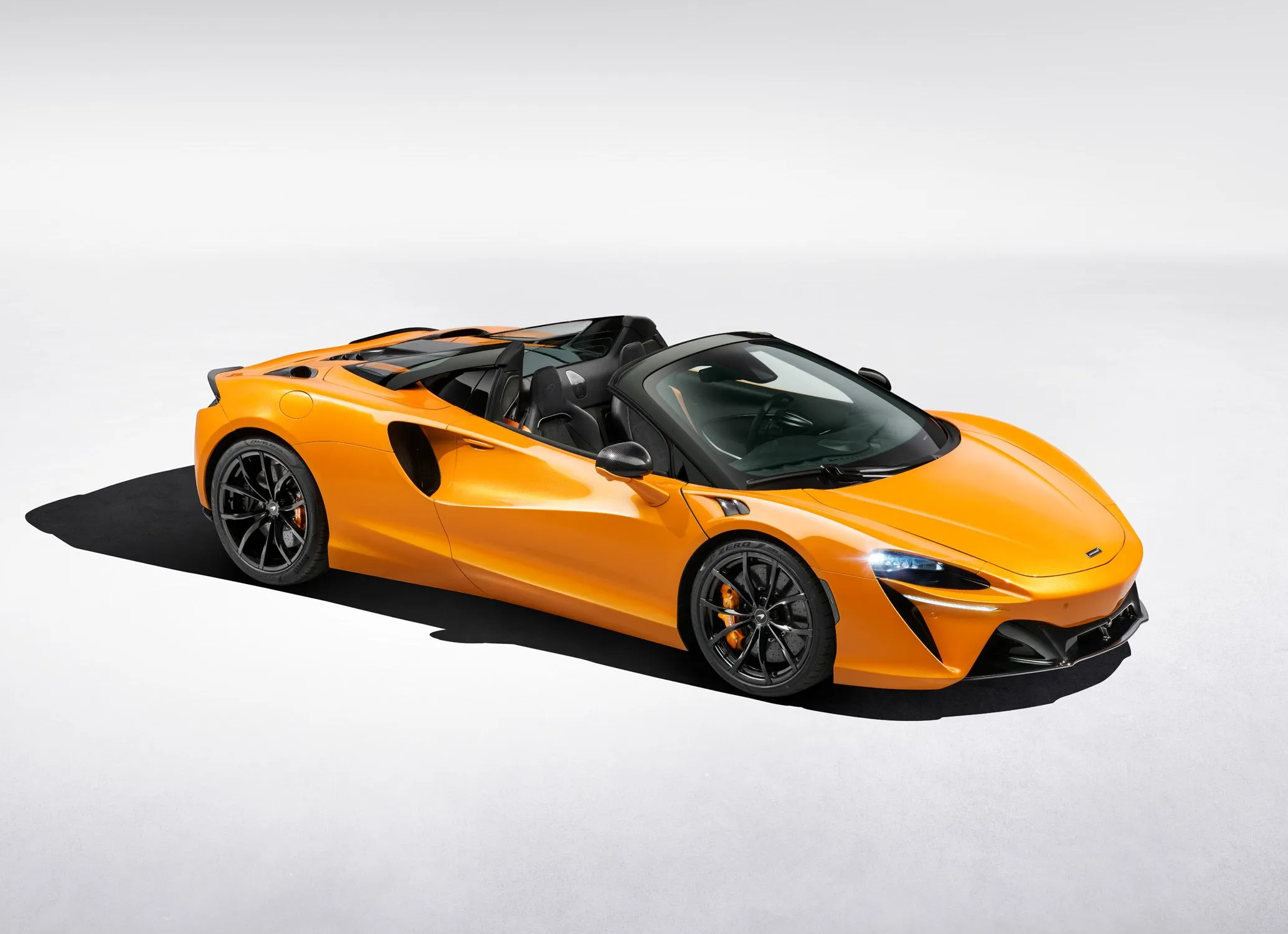

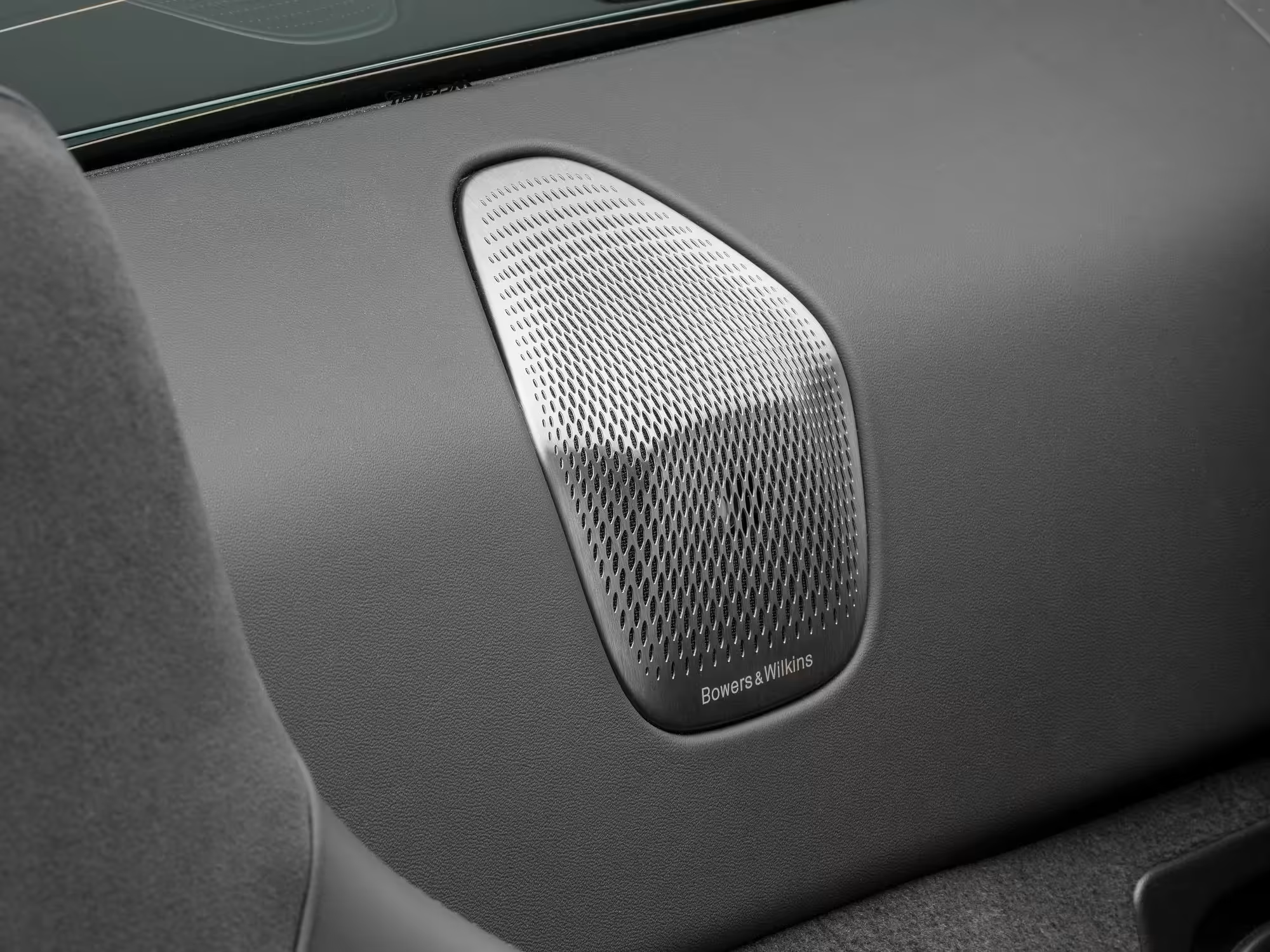
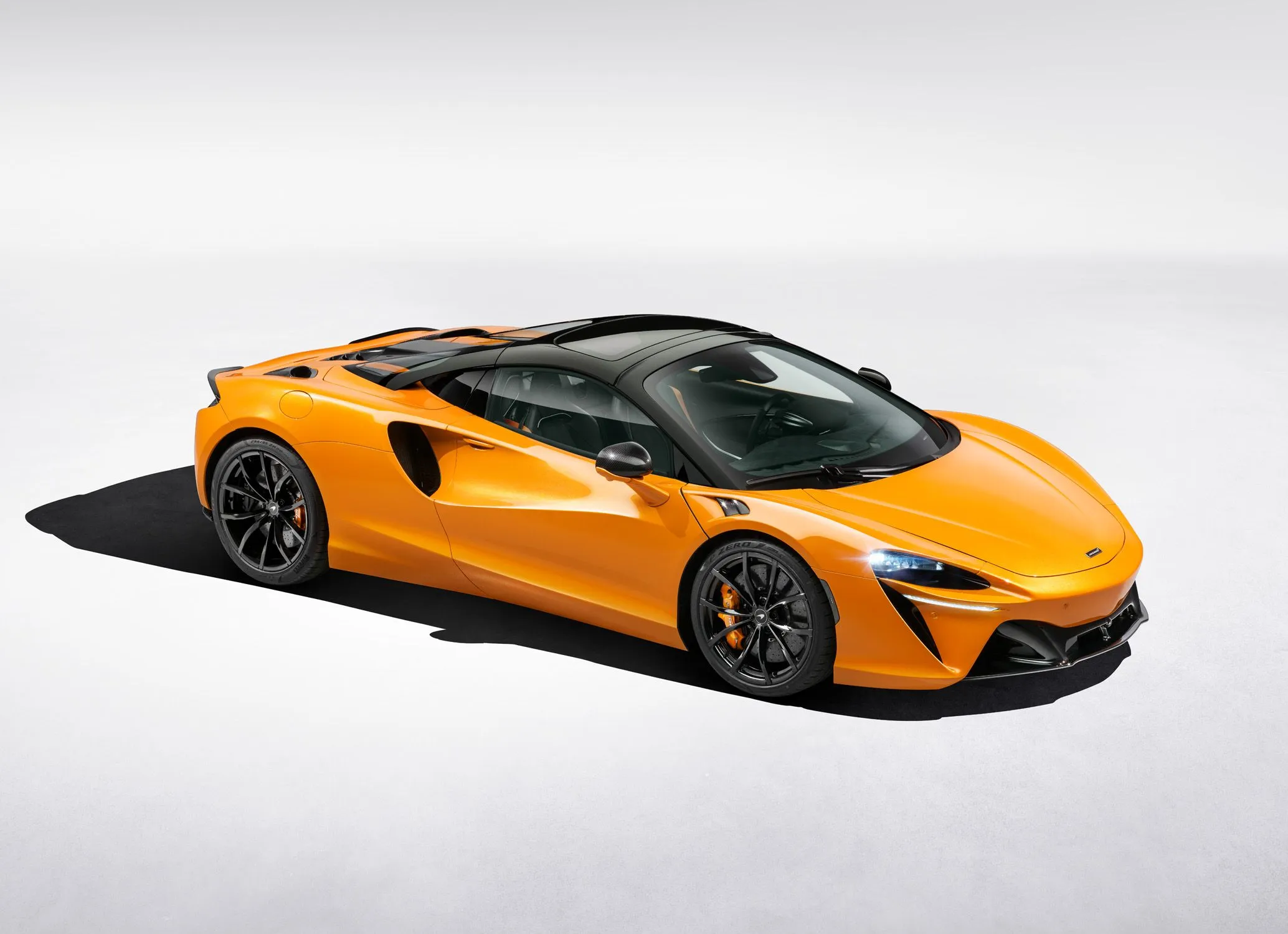
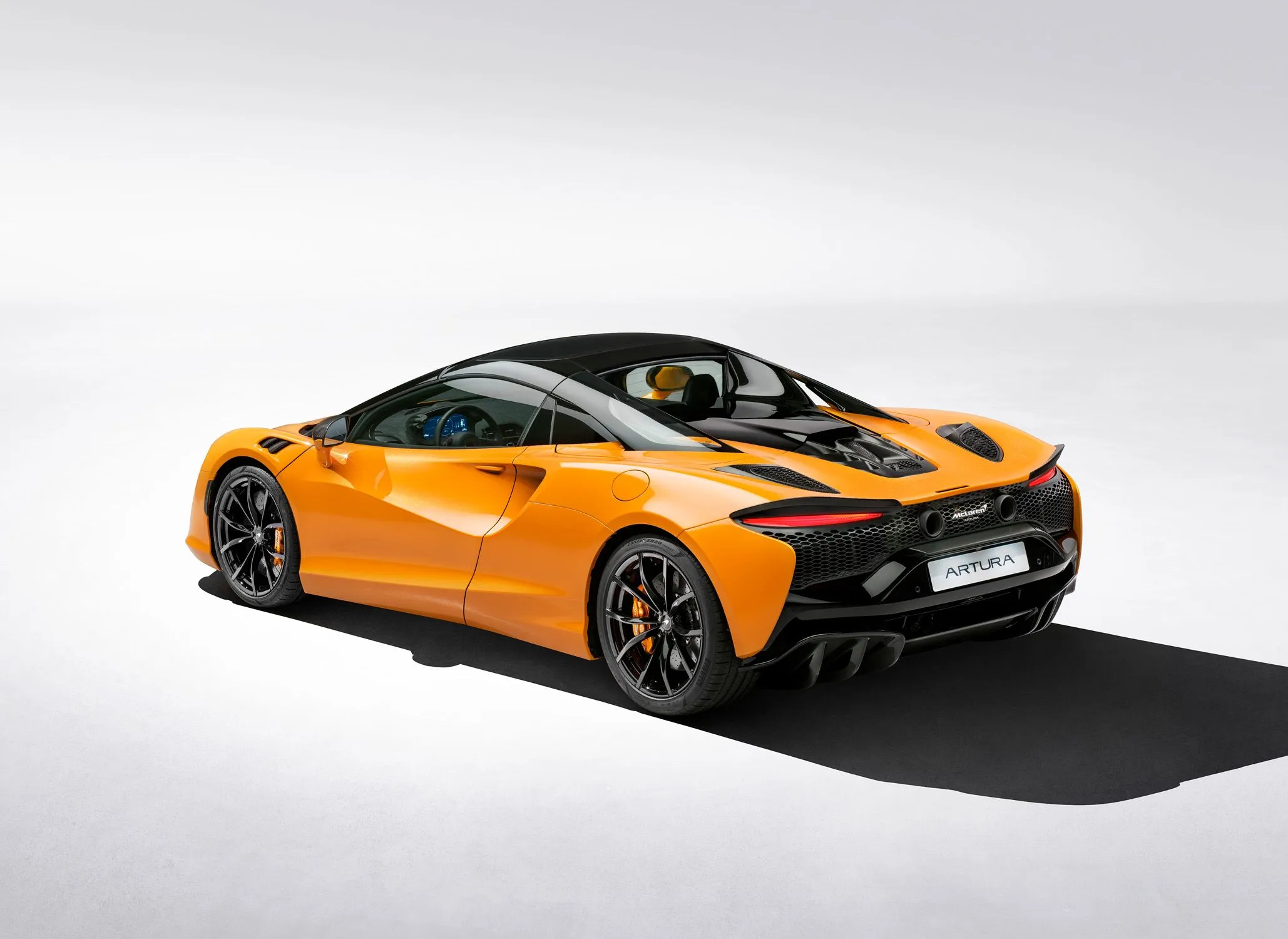
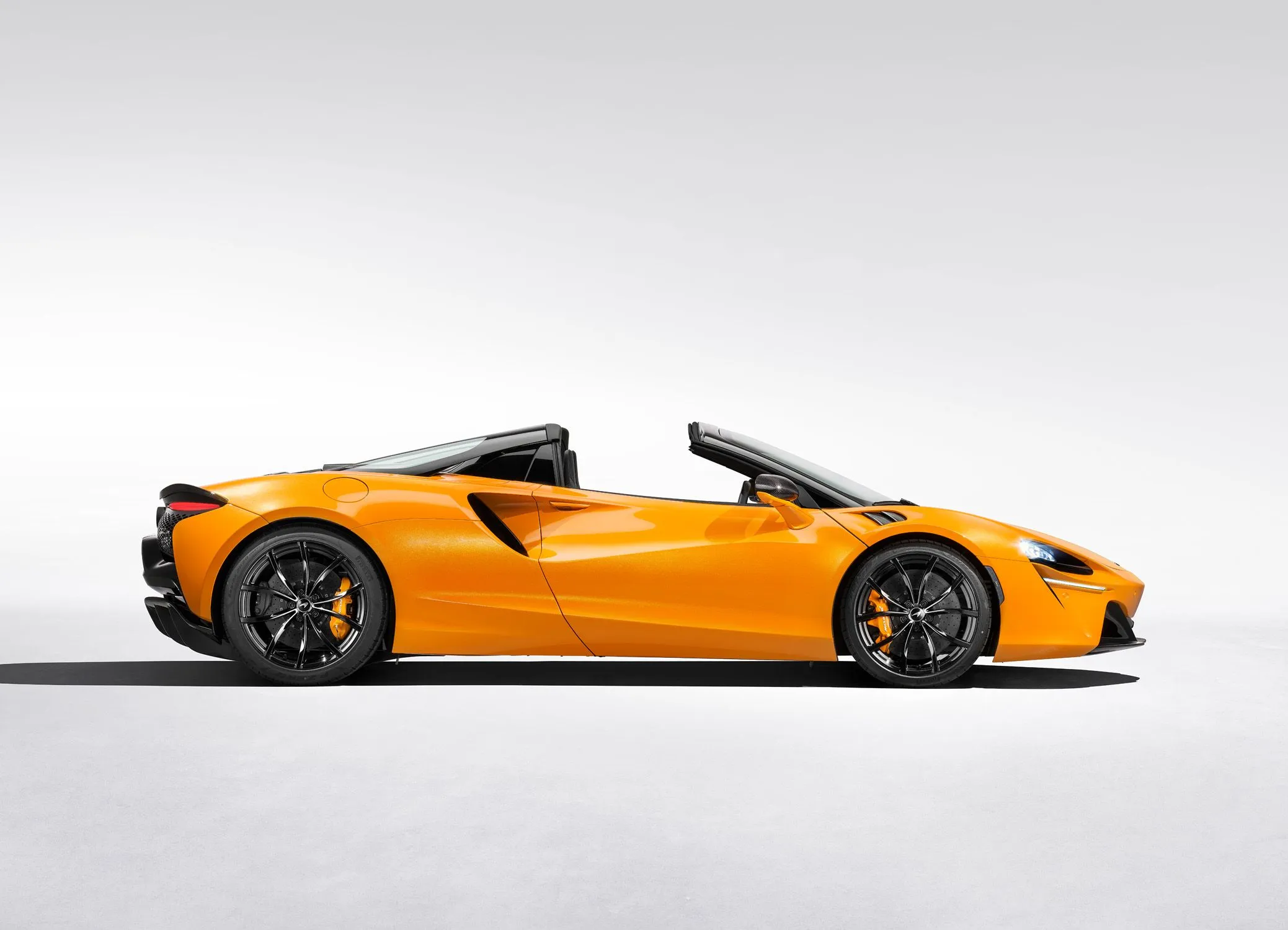
Author: Fabio Isidoro
Founder and editor-in-chief of Canal Carro, he dedicates himself to exploring the automotive universe with depth and passion. A car and technology enthusiast, he produces technical content and in-depth analyses of national and international vehicles, combining quality information with a critical eye for the public.

